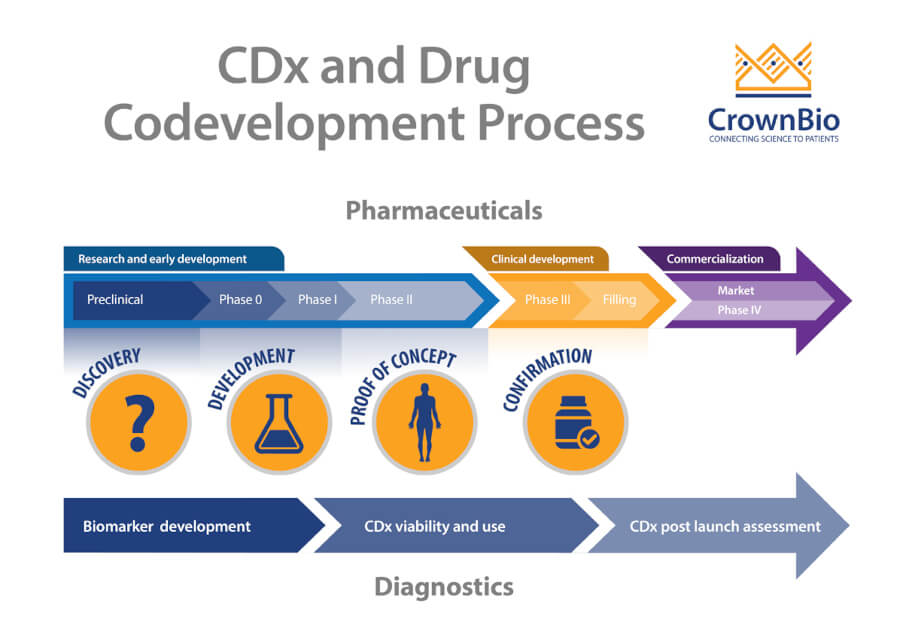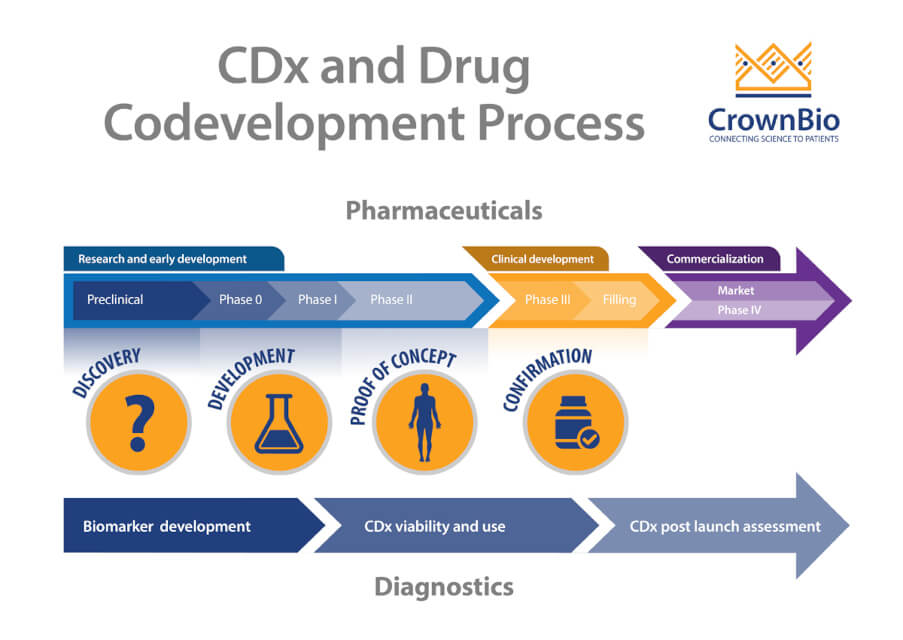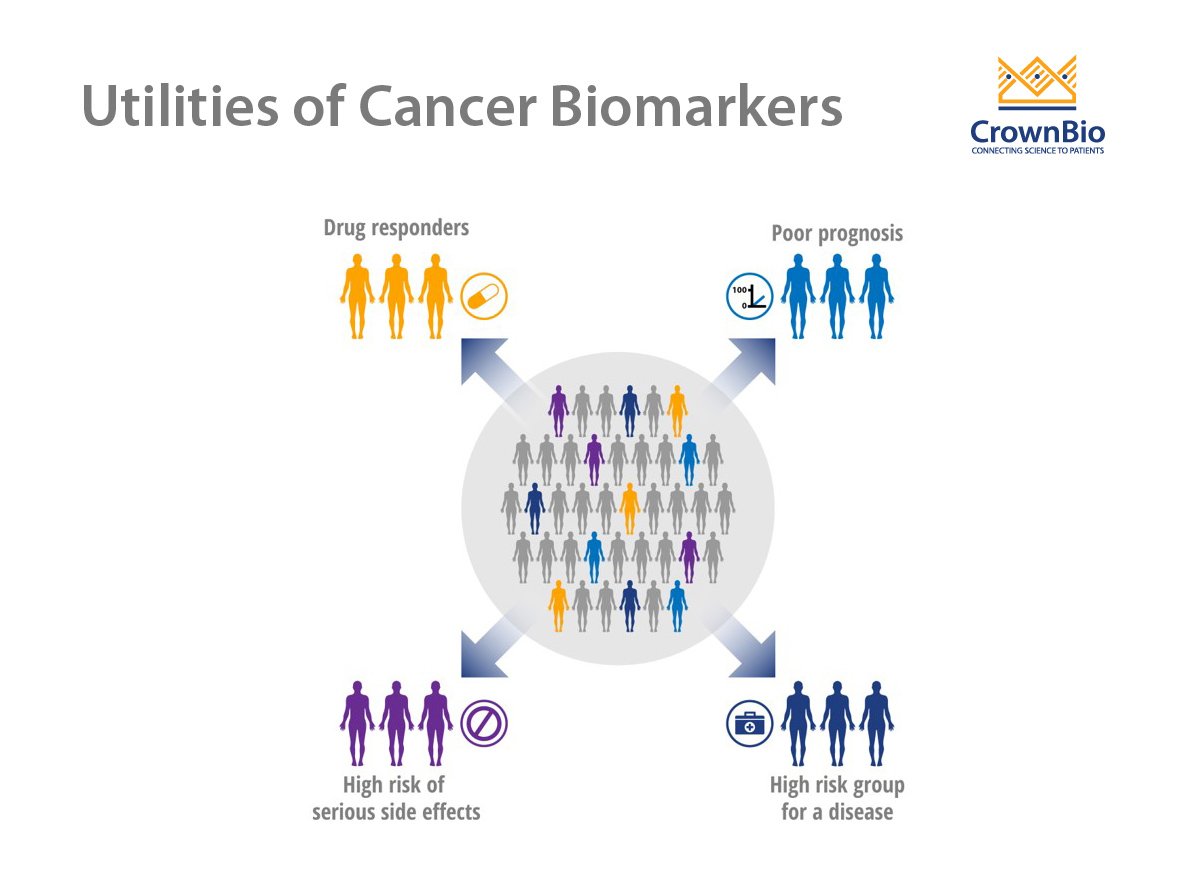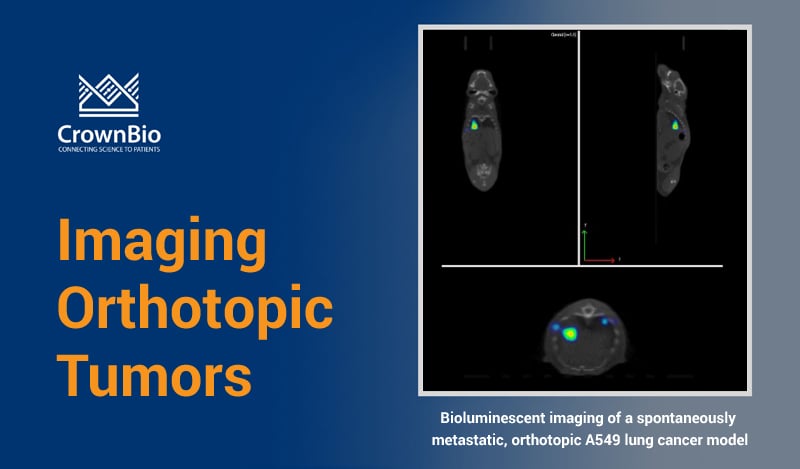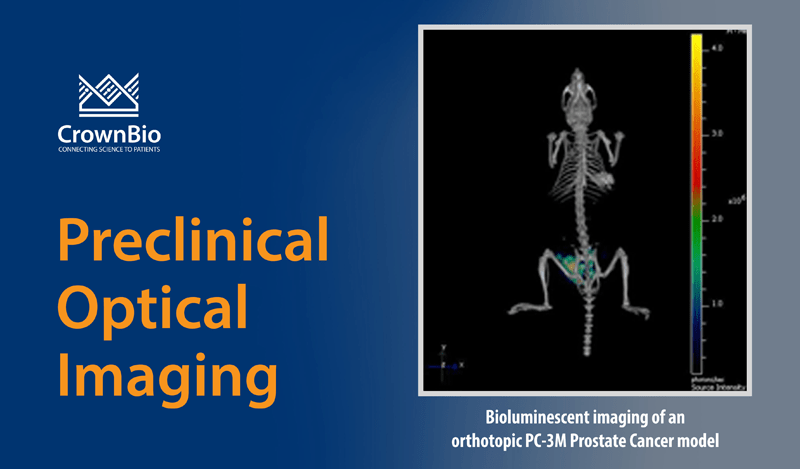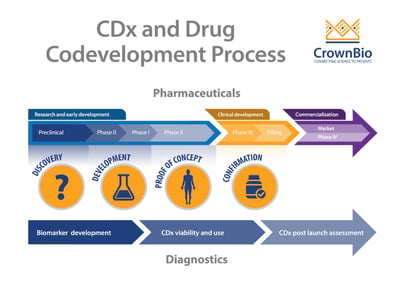 Explore the importance of companion diagnostics (CDx) and the benefits of their early adoption and drug codevelopment.
Explore the importance of companion diagnostics (CDx) and the benefits of their early adoption and drug codevelopment.
Why Do We Need Companion Diagnostics?
To improve the success and approval rates of anticancer agents we need to move from one size fits all to personalized medicine. This will allow enhanced drug development, with more agents developed that reach patients, as well as improve patient therapeutic outcome.
To progress personalized medicine, we need to be able to identify exactly who will benefit from a given treatment and who should definitely not receive a drug because of an increased risk of side effects. This begins with identifying and validating a biomarker, which can then be turned into a diagnostic tool.
Companion diagnostics (CDx) are an approved method to clinically identify these subpopulations, allowing more individualized treatment based on a specific patient’s likelihood of response.
What Are Companion Diagnostics?
Essentially, a companion diagnostic is a test device allowing both the safe and effective use of a corresponding drug or biological product. In general, for cancer treatment, CDx are designed to pair up a targeted agent with a patient with a cancer harbouring the defined molecular characteristics which the drug acts upon.
A mutant protein provides one example that can be targeted this way by a combined drug and diagnostic. Treatment with vemurafenib, a V600E mutant BRAF kinase inhibitor used in melanoma, needs a patient to be confirmed as V600E mutation-positive by a companion diagnostic.
CDx can be developed using data gathered from preclinical model testing and drug development programs to ultimately guide clinical use.
Benefits of Companion Diagnostics
There are a number of benefits of developing and implementing companion diagnostics. Top of the list is the ability to identify which patients will respond to which agent (and who won’t) to improve cancer patient outcomes and progress personalized medicine approaches. This also helps tackle rising healthcare costs, by minimizing drug use to only those who will definitely benefit from a drug.
During preclinical studies, using a biomarker helps to assess how well a potential new agent might work. This then helps streamline drug development programs, saving money on other agents which fail later in the development pipeline.
For clinical studies, there’s a better chance of meeting your trial endpoints with a companion diagnostic test. Agent efficacy is more likely to be shown in a pre-selected trial population positive for a biomarker. This leads on to better chance of approval.
With a targeted population, you can also run more efficient clinical trials – potentially with lower recruitment numbers needed as you’re only selecting from a specific instead of general population. This can lead to lower trial costs and quicker timelines.
Once a drug has been approved, the availability of a CDx can mean the difference between being a second or third line treatment for a general population, versus first line agent for a defined subset of patients. This again improves specific patient outcomes, and maximizes new agent use.
Early Adoption of Companion Diagnostics
As well as the benefits mentioned above, early adoption of CDx (early in the drug development process) brings extra advantages. Early adoption lets you better study your drug target within the patient population. You can confirm that it is targeted/bound by an agent, and how expression levels across a subpopulation affect response.
These features impact new agent efficacy and safety, so gaining this information as early as possible is a major bonus during drug development. In specific cases (e.g. FDA approval of crizotinib) early adoption of a companion diagnostic helped the drug reach the market in greatly expedited timelines.
Codevelopment of Companion Diagnostics
The FDA suggests that companion diagnostics and their corresponding therapeutic should be approved or cleared contemporaneously. If a CDx is definitively needed for a new drug’s safe and/or effective use, then the FDA is unlikely to approve the drug without the CDx also being cleared for use.
This supports early adoption, which can be achieved through codevelopment. This is when a new drug and its paired diagnostic are both tested for efficacy and safety in the same clinical trial. It’s important to fully specify and lock down the diagnostic test before the clinical trial, along with confirming critical performance parameters.
If analytical and clinical performance is confirmed, then the diagnostic can be approved. If not, then a bridging study may be required to make sure the assays used within the clinical trial are equivalent to the intended CDx. Bridging studies can be risky, and need careful planning. Your statistical plan needs to include a range of factors including account discordance, missing samples, and impact on drug efficacy. Bridging studies also need to be careful of bias, making sure that the new testing population is representative of population intended for use.
Conclusion
Companion diagnostics provide many benefits in progressing personalized medicine, and improving preclinical and clinical targeted drug development. Early adoption of CDx, as well as codevelopment alongside the drug, brings the best opportunities for rapid agent approval and to learn the most about the drug/diagnostic pairing.

